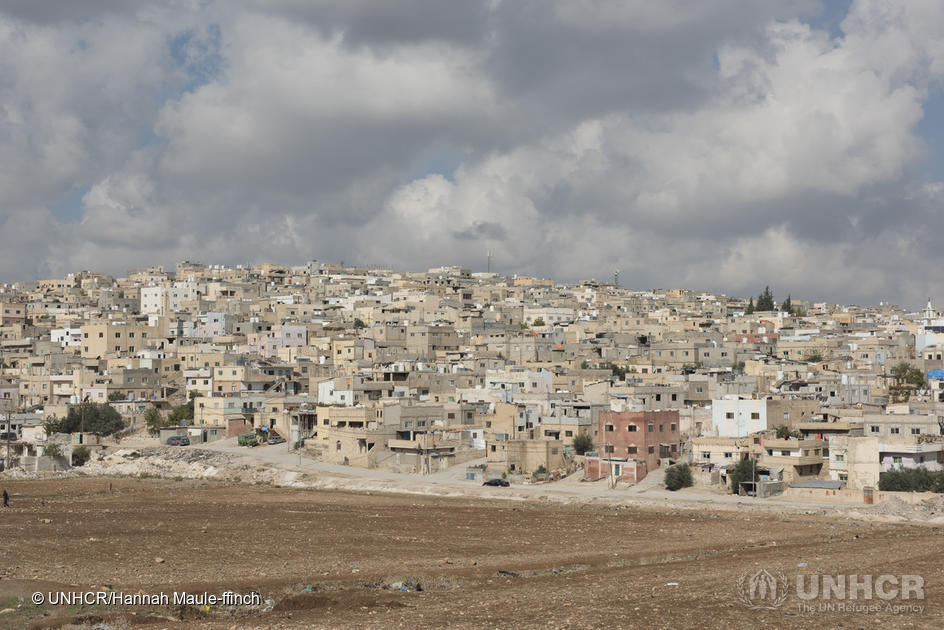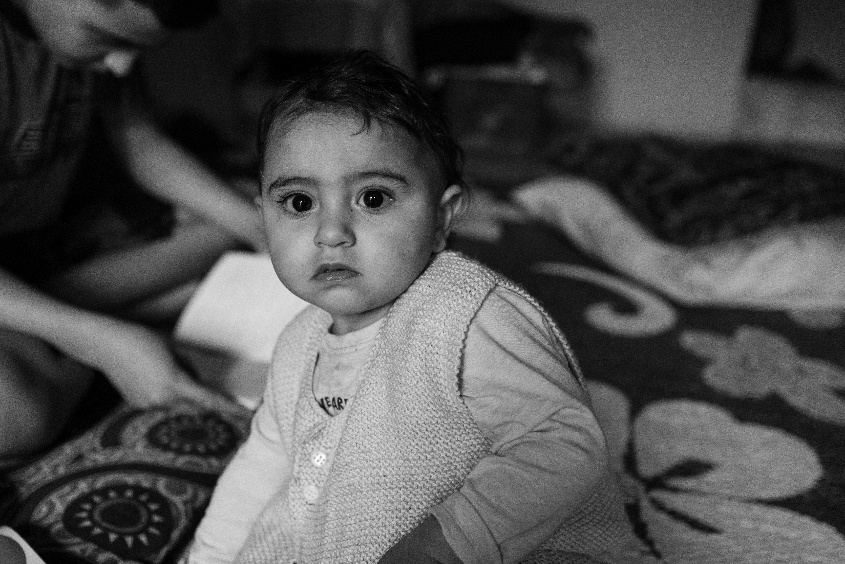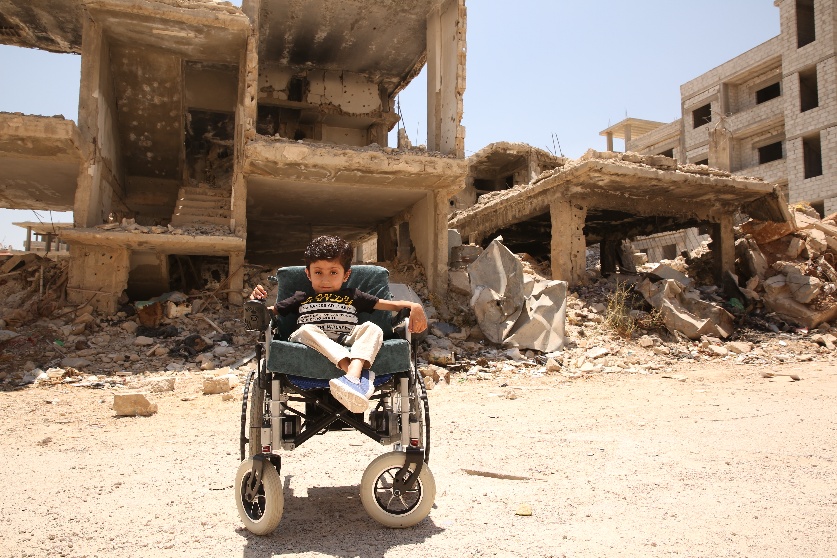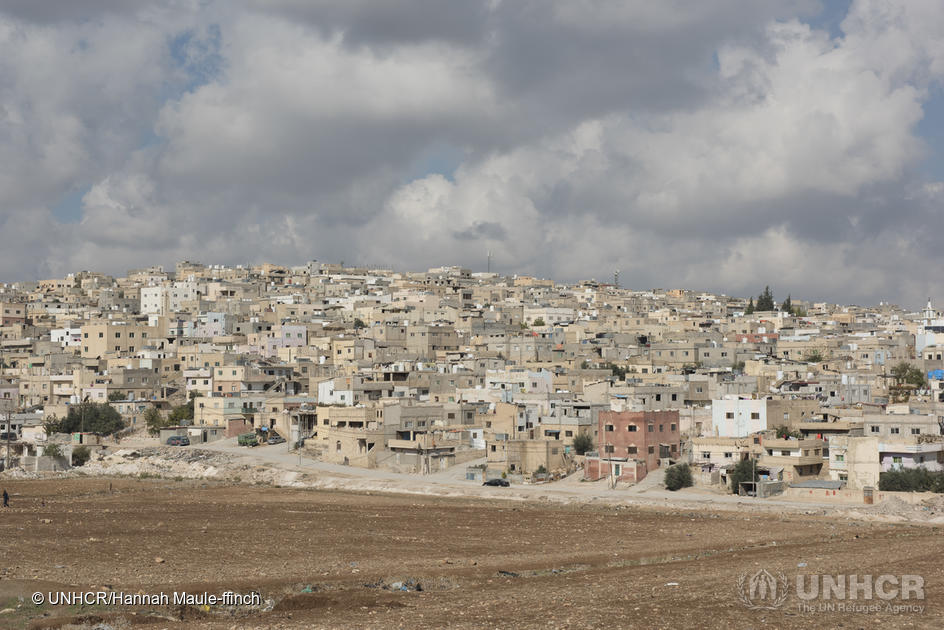
More than 7.4 million Syrians remain internally displaced in their own country where 70 percent of the population is in need of humanitarian assistance and 90 percent live below the poverty line. More than 6 million Syrian refugees live in countries neighboring Syria including Türkiye, Lebanon, Jordan and Iraq or abroad.
Approximately 92 percent of refugees who have fled to neighboring countries live in rural and urban settings, with only roughly five percent living in refugee camps. However, living outside refugee camps does not necessarily mean success or stability. More than 70 percent of Syrian refugees are living in poverty, with limited access to basic services, education or job opportunities and few prospects of returning home.

Poverty and unemployment are widespread within Syria, with over 90 percent of the population in Syria living below the poverty line. An estimated 12.9 million people are food insecure as a result of the economic crisis. Millions of refugees have lost their livelihoods and are increasingly unable to meet their basic needs - including accessing clean water, electricity, food, medicine and paying rent. The economic downturn has also exposed them to multiple protection risks, such as child labor, gender-based violence, early marriage and other forms of exploitation.

to violence and indiscriminate attacks, losing their loved ones, their homes, their possessions and everything they once knew. They have grown up knowing nothing but the crisis. Today, over 47 percent of Syrian refugees in the region are under 18 years old and more than a third of them do not have access to education. In Syria, more than 2.4 million children are out of school and 1.6 million children are at risk of dropping out.

The UN Refugee Agency has been on the ground since the start of the crisis providing shelter, lifesaving supplies, clean water, hot meals and medical care to families who have been forced to flee their homes. UNHCR has also helped repair civilian infrastructure – including homes, school facilities and recreation centers, supported educational activities for children and provided psychosocial support.


